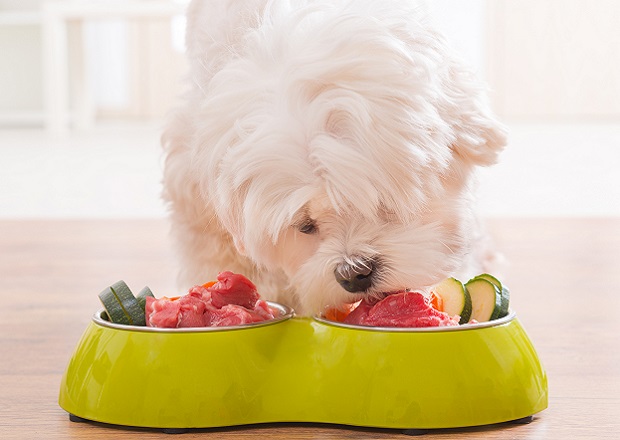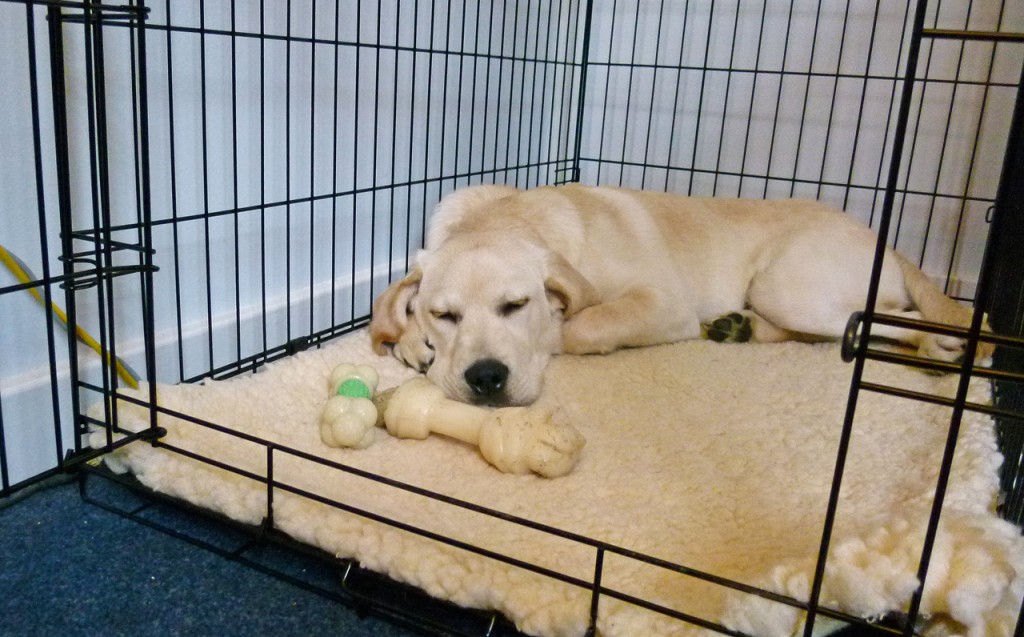In many of our homes dogs are considered among the family members. But, over time, we’ve become reliant on dry food in a bag. We’re conditioned to think that this brand or that brand will be good for our dog. The bottom line is that most dog food manufacturers spend more on the packaging then they do on the ingredients. This leads to deficiencies in the health of our dogs.
Both homemade raw and prepared raw food can be a great benefit to your dog’s health. Unlike processed food (canned or kibble), raw food retains all nutrients. However, preparing a raw diet for your dog is not as easy as just giving them raw meat. You must make certain the diet is balanced and contains all the nutrients, amino acids and ingredients your dog needs to thrive.
Breaking the myth
Raw dog food is good for a dog because it hasall-natural vitamins and minerals which a dog needs for a long, healthy life. But, the biggest question people have is “What ingredients should I use in a balanced raw diet?”
- Raw muscle meat from a variety of sources (beef, chicken, deer, turkey, etc.)
- Organ Meat (liver, hearts, kidney)
- Raw meaty bones (or ground bone)
- Vegetables (sweet potato, broccoli, apples, carrots)
- Beef trachea, trim, chicken and turkey feet are loaded in natural chondroitin and glucosamine which help to build healthy joints.
The key is to feed the ingredients in the appropriate amounts to provide all the vitamins, minerals and nutrients a dog needs. Often, this is where the homemade raw diet becomes difficult. In a prepared raw diet, an animal nutritionist has done the work for you – precisely measuring out a recipe that contains the right amounts of key ingredients.
With a prepared raw dog food:
- you don’t have to source all the ingredients yourself
- contains the right amounts of essential nutrients
- bone is ground for you and added to the food
- vegetables are pureed for you and added to the food
Don’t change quickly
If you feel that giving raw food can increase the health benefits in your dog then don’t switch immediately. Make sure that slowly you are adding some raw food in your dog’s diet. Then change to half and finally all raw as your dog accepts the change.
High-quality raw foods
Raw dog food can really enrich the growth of dogs and start making them live longer than the expected years. If you decide to make it yourself, be careful of where you get your ingredients. Super market meats are intended to be cooked, therefore, a certain amount of salmonella can be present. Raw diet manufacturers use freezing or drying tend to eliminate bacteria.
Benefits of raw food
Raw food for dogs can be beneficial in some of the ways which are mentioned below.
- Better stools
- Clean and better teeth
- Easy digestion
- Healthy skin
- Shinier coats
- Superior energy levels
If you intend to feed a prepared raw dog food, look for a manufacturer that is USDA inspected and lists their ingredients and preparation process. Try to be certain that they are using a recipe backed by scientific knowledge and not just someone’s best guess.


